Tagged Entries: Literature Review
A literature review is an evaluation of the available literature on a given subject. In literature reviews, you are synthesizing and analyzing research to tell a story about the work done about a topic and how it relates to present and future research. Use the resources below for guidance as your write your literature review.
Materials designed by Katharine Brown, Autumn Frederick, and Layli Miron
This worksheet helps you begin identifying scholarly conversations by analyzing an example literature review
This worksheet helps you analyze an example literature review to identify the storytelling elements being used
This worksheet parallels the moves a writer makes when creating a literature review with Freytag’s pyramid. It guides writers in outlining their own literature reviews by answering a series of brainstorming questions
Many styles of academic writing require synthesis, or the process of representing relationships among multiple sources, including patterns of similarity and contrast. These materials introduce synthesis, provide select examples, and offer strategies for identifying opportunities for synthesis in your current research project.
Materials designed by Christopher Basgier and Heather Stuart
This handout offers tools and examples for identifying synthesis strategies that writers use in different academic disciplines.
This worksheet is a synthesis matrix, designed to help you create and see connections across sources
The Writing SySTEM, a project funded by the National Science Foundation Innovations in Graduate Education program (award number 2224967), equips graduate student writers in science, technology, engineering, and mathematics (STEM) fields with the skills and resources needed to succeed in their writing projects. The materials in this section address some of the unique features and challenges of writing in STEM.
Materials designed in collaboration by Sushil Adhikari, Christopher Basgier, Katharine Brown, Jordan Harshman, Jeff LaMondia, and Russell Mailen
This handout will guide new and experienced researchers in how to effectively find relevant, peer-reviewed research publications using intentional search strategies and online databases.




